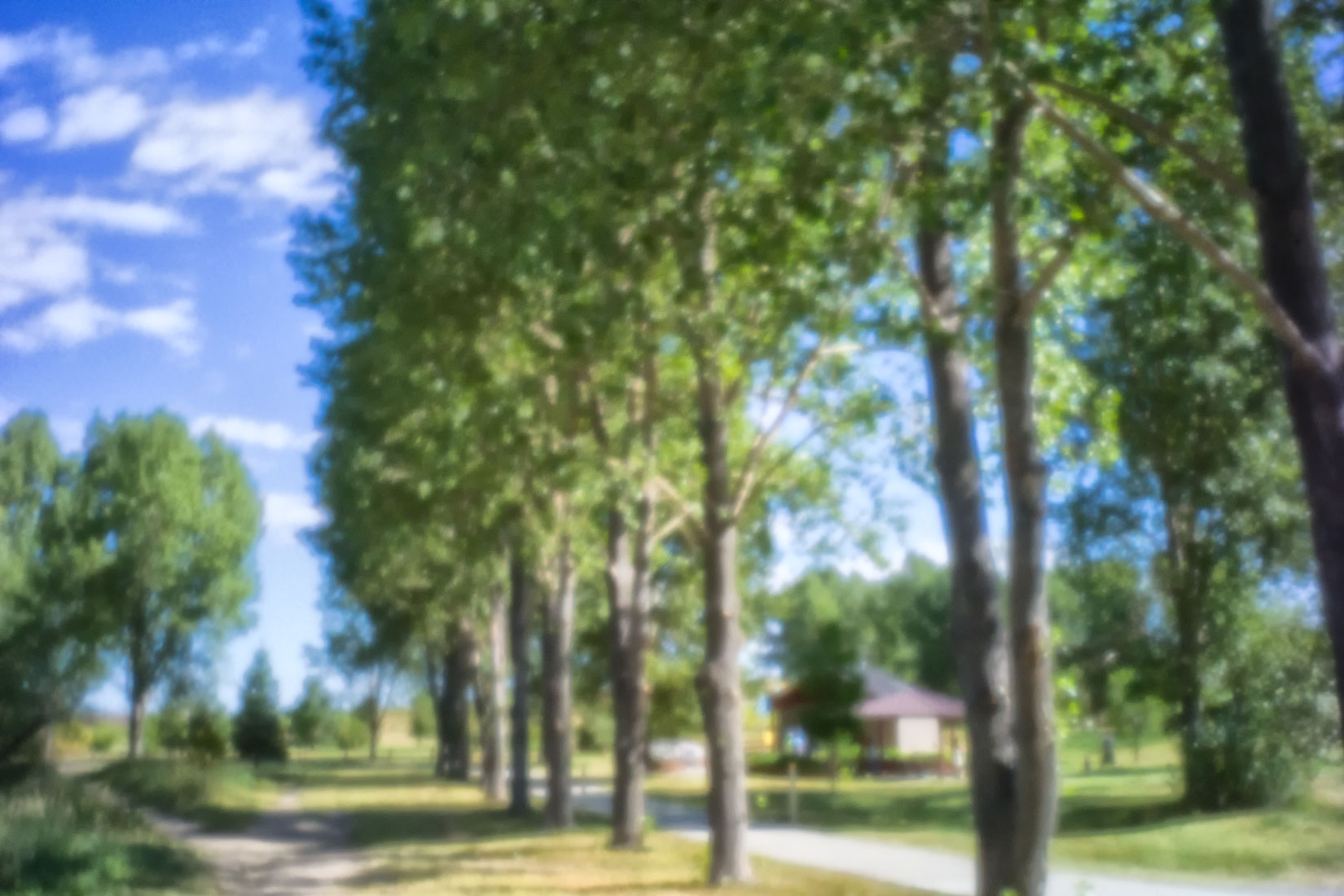Today’s Post by Joe Farace
“Life should not be a journey to the grave with the intention of arriving safely in a pretty and well preserved body, but rather to skid in broadside in a cloud of smoke, thoroughly used up, totally worn out, and loudly proclaiming “Wow! What a Ride!” ―
One of the things I like to do (as I’ve mentioned here before) is customize my camera. In scouring the Web for all these gadgets and gizmos I sometime stumble across other interesting photographic items, such as the Skink Pinhole Pancake lens.
The Skink Pinhole Pancake lens that’s available for many different kinds of cameras, including mirrorless cameras like my Panasonic Lumix and Olympus Micro Four-thirds models. Skink’s is a little different than a traditional pinhole lens and uses disks, zone plates or zone sieves that can be installed between the retaining rings in the center of the lens. The installed aperture determines how your vision is interpreted when capturing an image. Traditional pinholes create relatively sharp images with exposure times ranging from one second to several minutes. With a zone plate or zone sieve however, photos can be made without a tripod and if lighting conditions permit higher speeds.
While the Skink Pinhole Pancake is better constructed than Olympus’ mostly plastic 9mm f/8.0 Fisheye Body Cap lens or their much maligned, unfairly I think, 15mm f/8 Body Cap lens— it’s about the same physical size. The focal length of the Skink lens is 16mm (or 32mm equivalent on Micro Four-thirds) that I wish was a just bit wider and the aperture is f/90. Yup, that’s not a typo.

Traditional pinhole lenses create relatively sharp images with their small apertures producing exposure times ranging from one second to several minutes. But I found that exposures made with the Skink Pinhole lens on my Micro Four-thirds cameras can be made without a tripod if ambient lighting conditions permit.
How I Made This Photograph
I took my E-M5 Mark I and Skink Pinhole Pancake lens to McCabe Meadows near Parker, Colorado. To shoot the image you see above, I increased the Olympus E-M5 Mark I’s ISO in order to get shutter speeds close enough to handhold and hedged my bets by shooting with a camera that has impressive five-axis in-body image stabilization. When shooting at ISO settings from 800 to 1000 I ended up with shutter speeds ranging from 1/8 to 1/15 sec in Aperture Preferred mode shooting in RAW+JPEG mode.
Unlike many pinhole camera images, the Skink lens does not even seem to try to produce sharp images. Skink’s lens produces images that would best be described as soft. The photographs that I made with the lens reminded me of the shots made with the more expensive Lensbaby Velvet 56. You can see more of my images made during this session here.
As I began working with the Skink Pinhole Pancake the images reminded me of the kind of photographs that Alfred Steigletz made during the Photo-Secession. Like the Lenbaby lens, the Skink Pinhole Pancake lens is not for everybody but it’s perfect for those who want to try something new, get out of any rut they find themselves in, or just want to have fun with their photography that just happens to be the motto of this blog.
 If you enjoyed today’s blog post and would like to buy Joe a cup of Earl Grey tea ($3.50), click here. And if you do, thank so very much.
If you enjoyed today’s blog post and would like to buy Joe a cup of Earl Grey tea ($3.50), click here. And if you do, thank so very much.
Along with photographer Barry Staver, Joe is co-author of Better Available Light Digital Photography that’s available from Amazon for $21.50 with used copies starting at giveaway prices—starting around five bucks.